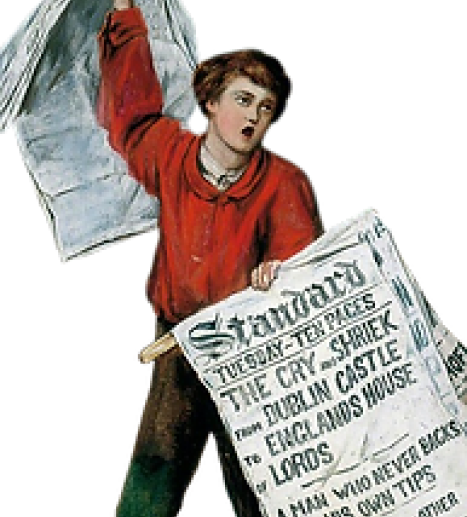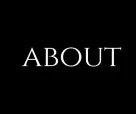I watched One Battle After Another in the same week that I rewatched Longlegs and Weapons. Following the double bill of cultish mind control and paranormal fascination, I oddly found myself much more disturbed and sweaty watching the plot of Paul Thomas Anderson’s new film unfold. A loose adaptation of Thomas Pynchon’s 1990 novel Vineland, the story follows Bob, a washed-up revolutionary hiding with his daughter from the government and power-hungry racist military officer Colonel Lockjaw. With themes of white supremacy, fascism and social disobedience, the political thriller plays on very real issues still occupying the US today. At nearly 3 hours, it did what PTA does best: spanning space and time in an untaxing way, folding narratives within narratives and using every character with intentionality.
What it did most of all, however, was chill me to the core. Throughout all the ins and outs of Bob’s flight and chase of the US government and the pitiful Colonel Lockjaw (a disturbingly intense Sean Penn), One Battle After Another gave me the same feeling that Weapons, Longlegs and films like them do at their crux, a feeling shared with the protagonists of a total lack of control.
It is no secret that the stress and fear of horror films depend on that which is inescapable, the uncontrollable chaos portrayed through ghostly forces and creatures that just won’t die. Among jump scares and unsettling formalism, what lingers most of all in a paranormal film is the unstoppable nature of whatever is hunting the protagonists. In Weapons and Longlegs, just as in It Follows or the classic Jeepers Creepers, there is no law enforcement, no human institution or authority that can stop those immortal or otherworldly things for good. Film theorist Noël Carroll notes that horror narratives often hinge on the refusal or absence of institutional authority in the case of a monster or otherworldly being, the lack of systematic control that, as he writes, “provokes suspense over the question of whether humanity will be able to prevail.” Yet what makes One Battle After Another so chilling is that it reverses this pattern: the horror doesn’t stem from the failure of authority, but from its absolute success. The systems that are supposed to protect have become the thing to fear.
PTA’s film haunts the viewer, portraying an uncontrollable and spine-chilling force that gives chase, and this time it is one more pervasive and powerful than in either of those films I watched that same week. It is that same law enforcement, that same authority, that is the enemy in this case: the very systems we rely on for protection. With an unbeatable ability to seek out its victims and their families, Lockjaw’s squadron of intelligence officers is that unstoppable figure that gets in through any crack; evil hiding behind civility.
I think that One Battle After Another was more chilling precisely because those uncontrollable, powerful forces it explores are very real. Far from fiction, the story of radicals being hunted down echoes moments in history that still resonate: COINTELPRO’s surveillance of civil rights leaders, the FBI’s infiltration of protest movements, the militarisation of police forces across America. These aren’t ghosts: they’re governments.
The elitism, power and control that Paul Thomas Anderson conveys are scarier because they exist. All at once expansive and suffocating, his film works not as an escape from reality but as a mirror, reminding us that the scariest stories are the ones we’re still living through.





















